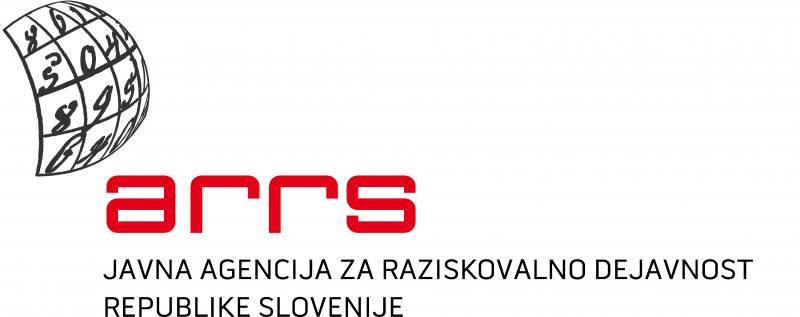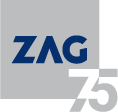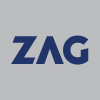
The ultimate goal of the proposed research is the derivation of consistent 2D dynamic models for layered strongly inhomogeneous structures. This complex and challenging problem assumes elucidation of analytical, computational and experimental aspects of their dynamic behaviour with the main emphasis on interaction of shear and bending waves.
Dynamic behaviour of strongly inhomogeneous layered elastic plates is investigated. Four types of high contrast in material and geometrical parameters of the layers, arising in modern industries including light-weight sandwich structures, are considered. For each type of contrast scenario, a 2D consistent plate model is derived via multi-parametric analysis of the original 3D problem in elasticity. The models consist of equations of motion, as well as boundary conditions obtained by generalising the conventional Saint-Venant principle. Along with the bending vibration modes, the aforementioned models also support the lowest shear modes with small cut-off frequencies. The proposed formulations are validated by FEM calculations, and also visualised experimentally.
The project team consists of four partner institutions, including project group members having a world leading experience in the field of structural dynamics, as well as a substantial competence both in computational and experimental mechanics. The modern experimental equipment used by the project team includes laser vibrometers, accelerometers, strain gauges and optical imagery system.
The proposed approach is expected to make a major contribution to the new area within structural dynamics related to multi-parametric analysis of strongly inhomogeneous structures. It enables numerous extensions and generalisations, such as taking into account curvature, anisotropy, asymmetry, and viscosity. The potential applications of the project results involve, in particular, design and manufacturing of lightweight structural elements, which exhibit a better performance, than their heavyweight counterparts, especially for automotive industry.

